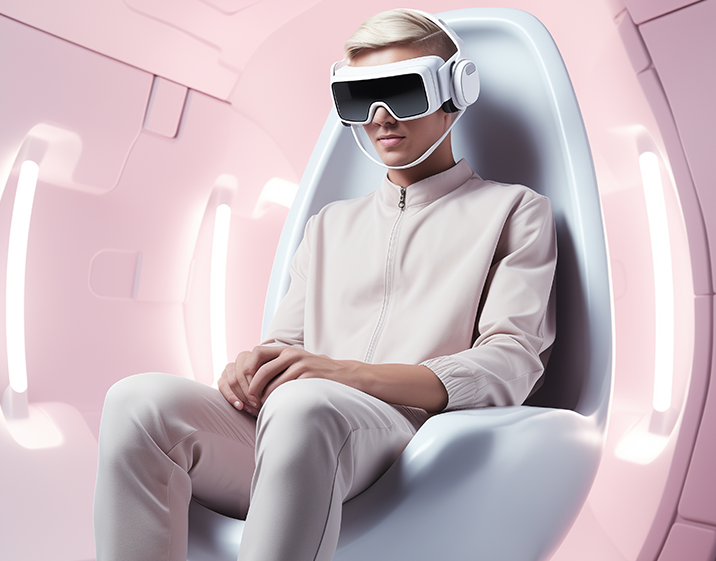
The Future of Virtual Reality: What's Next?
Introduction
Virtual Reality (VR) has come a long way since its inception, evolving from a niche technology to a mainstream phenomenon. As we look to the future, VR promises to revolutionize various aspects of our lives, from entertainment and education to healthcare and social interactions. In this blog post, we'll explore the exciting developments on the horizon for VR and how they might shape the future.
1. Advanced Hardware and Immersive Experiences
One of the most significant areas of development in VR is hardware. Future VR headsets are expected to be more lightweight, comfortable, and capable of delivering even more immersive experiences. With advancements in display technology, users can anticipate higher resolution screens, wider fields of view, and more realistic graphics. Additionally, the integration of haptic feedback and improved motion tracking will enhance the sense of presence and realism in virtual environments.
2. Social VR and Virtual Communities
As VR becomes more accessible, its potential to connect people in virtual spaces will grow. Social VR platforms like VRChat and AltspaceVR are already enabling users to interact and collaborate in virtual environments. In the future, these platforms will become even more sophisticated, supporting larger and more complex virtual communities. Imagine attending virtual concerts, conferences, or even casual meetups with friends from around the world, all from the comfort of your home.
3. VR in Education and Training
Virtual Reality is set to transform education and training by providing immersive and interactive learning experiences. Students can explore historical sites, conduct virtual science experiments, and participate in simulated real-world scenarios. In professional training, VR will enable employees to practice complex tasks in a safe and controlled environment. From medical training to aviation, the possibilities are endless.
4. Healthcare and Therapy
The healthcare industry is already seeing the benefits of VR, and this trend will continue to grow. VR is being used for pain management, physical therapy, and mental health treatments. In the future, personalized VR therapies will become more common, offering tailored treatment plans for patients. Surgeons will use VR to plan and practice complex procedures, improving outcomes and reducing risks.
5. VR and the Metaverse
The concept of the Metaverse, a collective virtual shared space, is gaining traction. Companies like Facebook (now Meta) are investing heavily in creating interconnected virtual worlds where users can work, play, and socialize. The Metaverse promises to blur the lines between physical and virtual realities, creating new opportunities for commerce, entertainment, and social interactions.
6. Challenges and Ethical Considerations
While the future of VR is exciting, it also presents challenges and ethical considerations. Issues such as data privacy, addiction, and the digital divide must be addressed to ensure that VR benefits society as a whole. As VR technology becomes more pervasive, it will be essential to establish guidelines and policies to protect users and promote responsible use.
Conclusion
The future of virtual reality is bright, with advancements in hardware, software, and applications set to transform various aspects of our lives. From creating immersive experiences and connecting people in virtual spaces to revolutionizing education, training, and healthcare, VR holds immense potential. As we move forward, it will be crucial to navigate the challenges and ethical considerations to ensure that VR develops in a way that benefits everyone. The journey of VR is just beginning, and the possibilities are limitless.